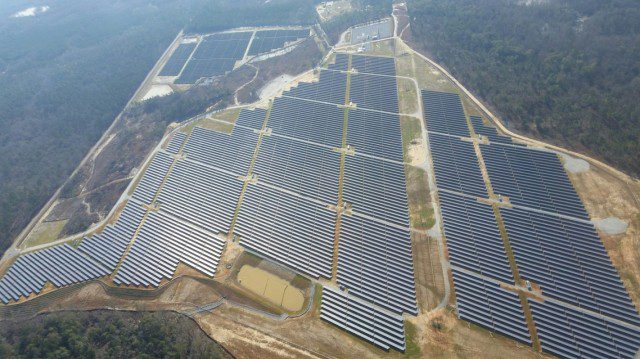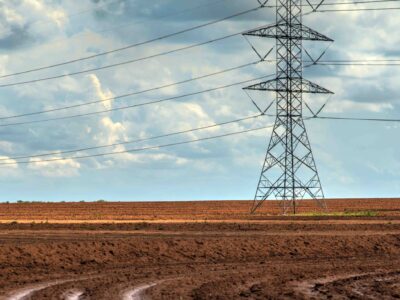Where do you see yourself in 13 years? It’s a daunting enough question that would stump any of us. Still, officials from the U.S. Army say the branch has ambitious expectations for its development of energy-related technologies and infrastructure over the next decade and change.
Military representatives announced this year that the Army wants to bolster its ability to store and transfer energy across its global operations. These efforts will culminate in constructing new-age microgrids at every base worldwide by 2035. The branch released more details in the Climate Strategy Implementation Plan in October. Should it prove successful, it is expected to increase the resiliency of American military outposts in foreign nations and help lay the foundation for a smoother renewable energy transition on the homefront.
A microgrid is a relatively simple concept. It essentially functions as a standalone power grid for a given military base.
Although these grids are generally connected to the main domestic one — microgrids can transfer excess power back into the public supply — the Army’s goal is to not draw energy from it. It plans to be fully self-sustaining due to renewable sources that pop up as part of the base’s development process.
Some are already in operation. North Carolina’s Fort Bragg made headlines as a trailblazer for the Army program, building a floating solar array on a nearby lake to generate power. The military’s need for endless contingency plans means that one could assume traditional backup generators will still be present. However, anything is possible, as the emergence of hydrogen-powered backups could become a mainstay over the next dozen years.
One of the grids’ more “modern” aspects is their ability to handle variable demand levels while juggling numerous power sources. The emphasis on transferring surplus power back to the public is a bit trickier but has the potential to be extremely important as the world enters a new era of conflict. Experts like Katie Savage are the first to express worry about the future of cyber warfare and how public energy infrastructure would be a prime target for America’s opponents.
“Frankly, the entire way that the energy system is architected in the U.S. is extremely vulnerable,” said Savage, who leads the microgrid project. Equipping every domestic base with a modernized grid would do wonders for protecting strategic assets in a hacker-induced blackout.
Concerns over climate impacting overarching military ambitions have played a significant role in the Army decision.
Many within the branch had raised issues over the ability of frequent tropical storms and other severe weather events to hinder the military in its operations worldwide and whether the Department of Defense was truly covering all bases regarding climate resiliency.
Building microgrids at the branch’s 134 bases around the world would be a major step toward addressing those concerns. “As extreme weather becomes commonplace, the Army must adapt its installations, acquisition programs, and training so that the Army can operate in this changing environment and reduce our greenhouse gas emissions,” said Army Secretary Christine Wormuth. “This climate implementation plan will improve our resiliency and readiness in the face of these changes.”
The Army’s plan will play out in phases. The first, starting in 2023, identifies 20 locations deemed the highest priority. Fifteen of them should be up and running by late 2026, with another 20 coming by 2027. Along with this phase is the goal of having on-site renewables meet 30% of all mission-critical energy needs. Officials expect 100% of all base energy needs to be met through renewables by 2030.





